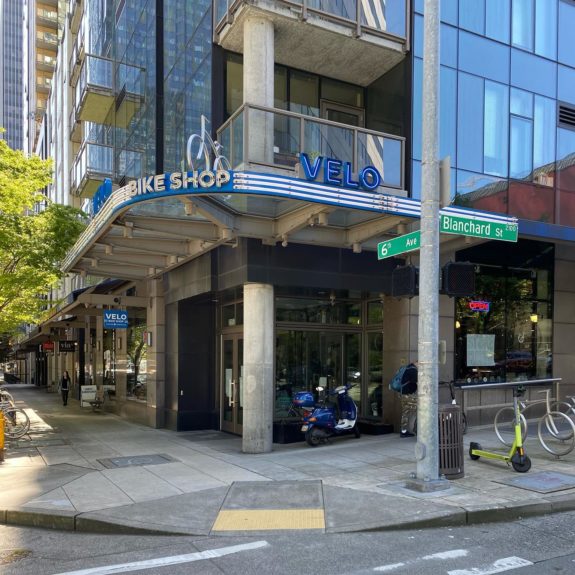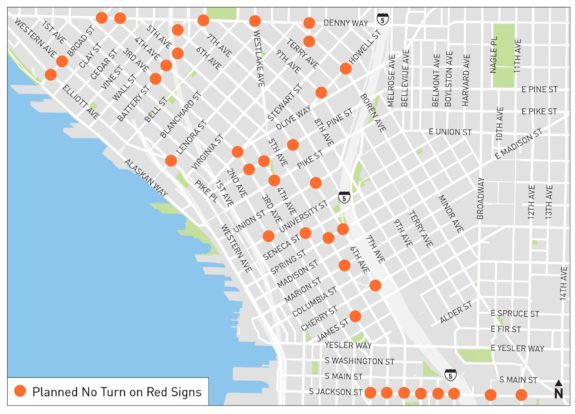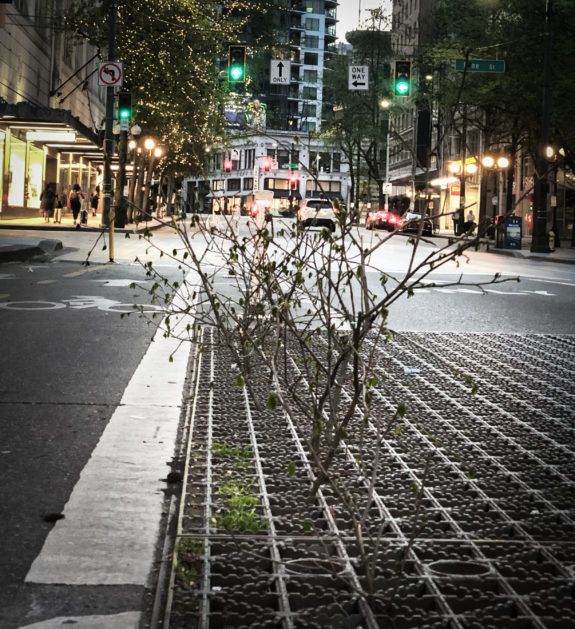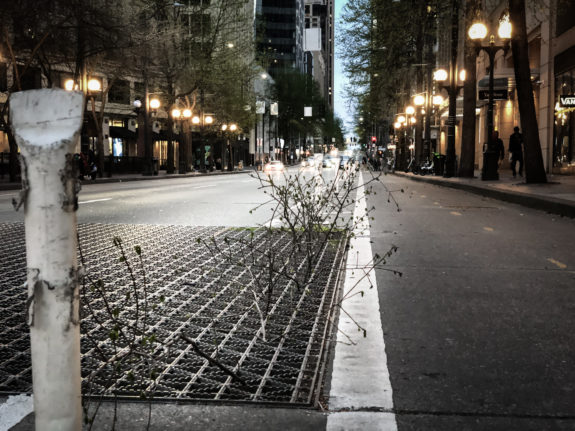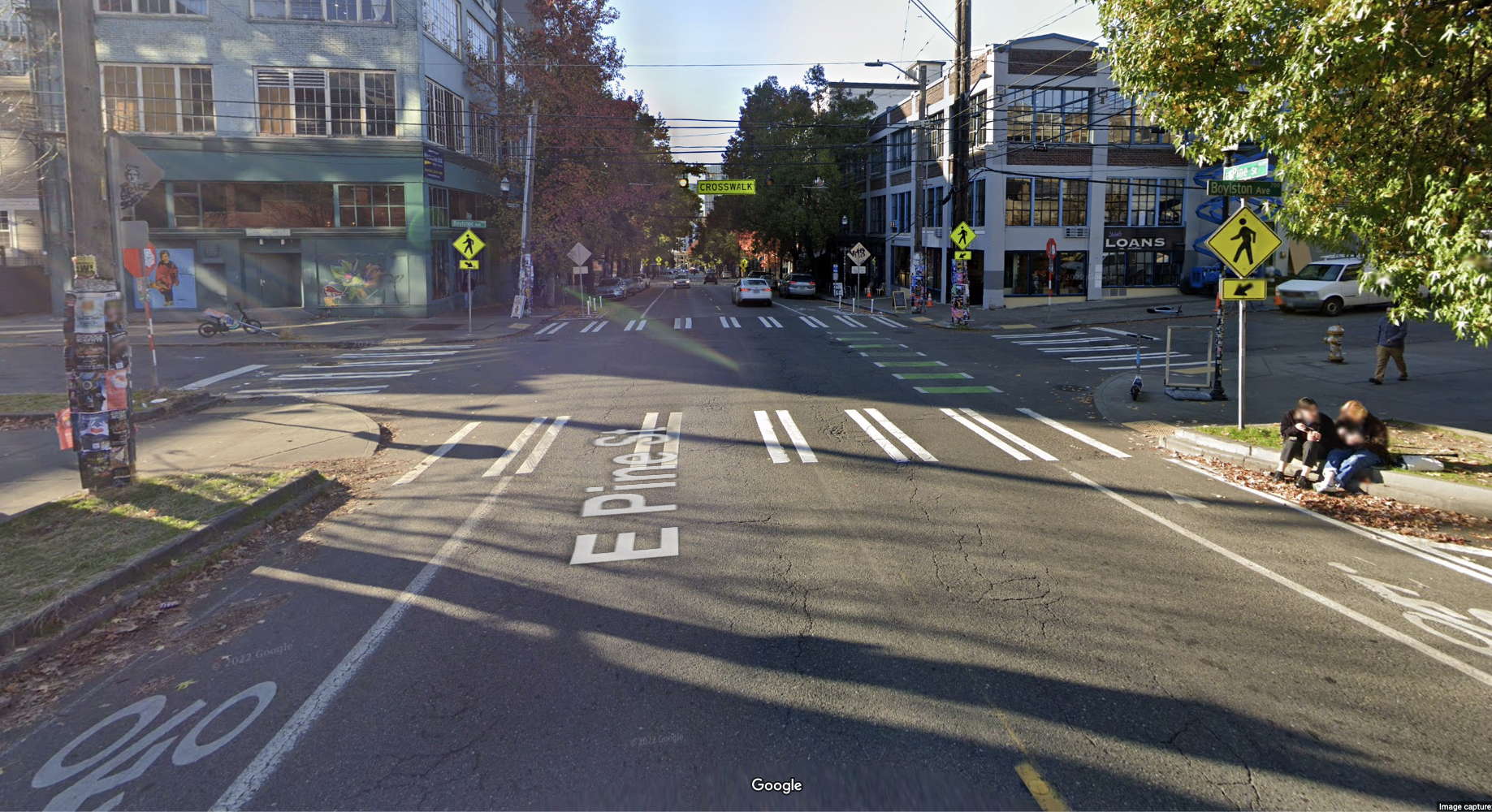
Here’s a somewhat unexpected note from SDOT:
To enhance safety for people walking & rolling, we’re adding more 4-way stop signs on Pine St in the ❤️ of #CapitolHill. Crews worked in wind & rain today to add signs at Summit Ave & Boylston Ave. We’ll add one more at Belmont Ave as soon as weather allows. #VisionZero @jseattle
SDOT has long resisted adding all-way stops, especially for situations where one street is clearly busier than the cross street. There are a number of reasons for this, some of which are legit and some of which are, well, questionable. It will be very interesting to see how stop signs function on Pine, a major connection between Capitol Hill and downtown that serves as a busy bike route and bus corridor while also traveling through one of the city’s most walkable neighborhood business districts.
The most notable effect of stop signs is that compliance for yielding to crosswalk users should go way up. This is likely the primary reason for these signs on Pine. People driving are already required to stop for people crossing the street, but they don’t always do so. Any since there is nearly always someone trying to cross Pine, the stop signs here will hopefully lead to safer and more comfortable crossings. Stop signs should also have a traffic calming effect since people will not be able to build up speed over multiple blocks, something that is especially important on such a long downhill like westbound Pine.
All-way stops can also be more efficient for all road users compared to traffic signals in many situations. U.S. cities have frankly gone way overboard with their use of signals, which are really only needed for the busiest or most complex intersections. For example, SDOT ran an experiment at NE 40th Street and The Ave in the U District back in 2014 and found that turning that traffic signal into an all-way blinking red light decreased delays for all users in all directions. So rather than upgrading the signal to accommodate the new two-way bike lane there, they have just left the red lights blinking ever since.
All-way stops are very cheap to implement and give crosswalk users the right of way by default, which is a huge win for walkability compared to a traffic signal with a Don’t Walk phase. That all sounds great, so what’s the downside?
(more…)

